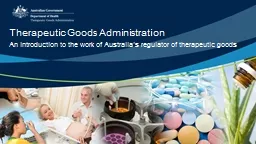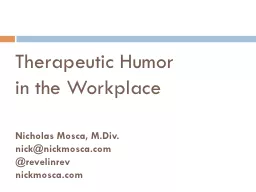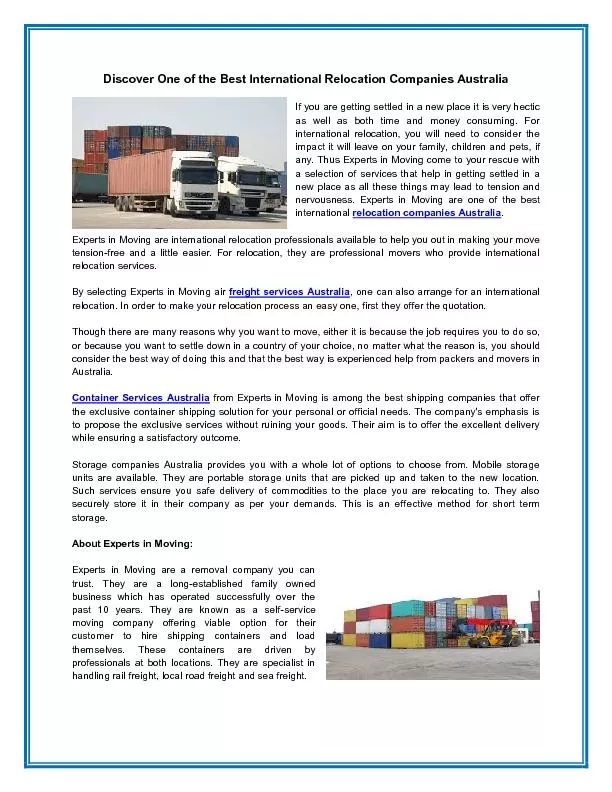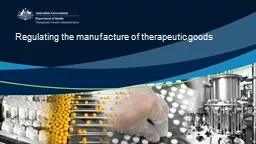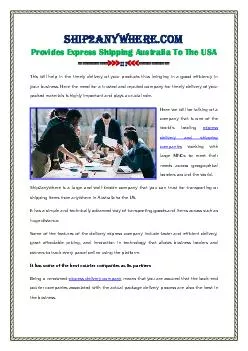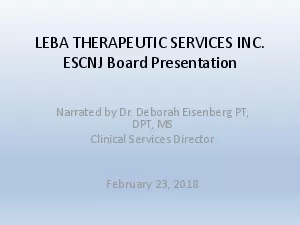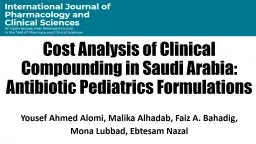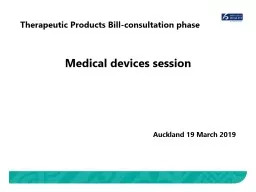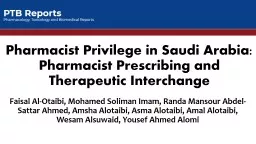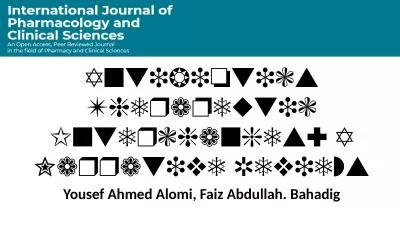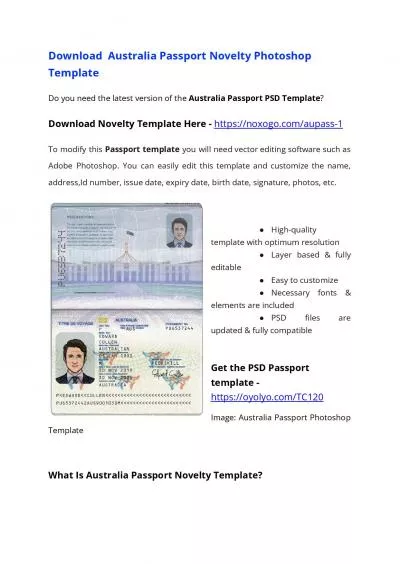PPT-An introduction to the work of Australia’s regulator of therapeutic goods
Author : luanne-stotts | Published Date : 2018-11-21
Therapeutic Goods Administration Overview Why do we need regulation Who is Australias regulator How the TGA operates Who works at the TGA Therapeutic goods Australian
Presentation Embed Code
Download Presentation
Download Presentation The PPT/PDF document "An introduction to the work of Australia..." is the property of its rightful owner. Permission is granted to download and print the materials on this website for personal, non-commercial use only, and to display it on your personal computer provided you do not modify the materials and that you retain all copyright notices contained in the materials. By downloading content from our website, you accept the terms of this agreement.
An introduction to the work of Australia’s regulator of therapeutic goods: Transcript
Download Rules Of Document
"An introduction to the work of Australia’s regulator of therapeutic goods"The content belongs to its owner. You may download and print it for personal use, without modification, and keep all copyright notices. By downloading, you agree to these terms.
Related Documents

